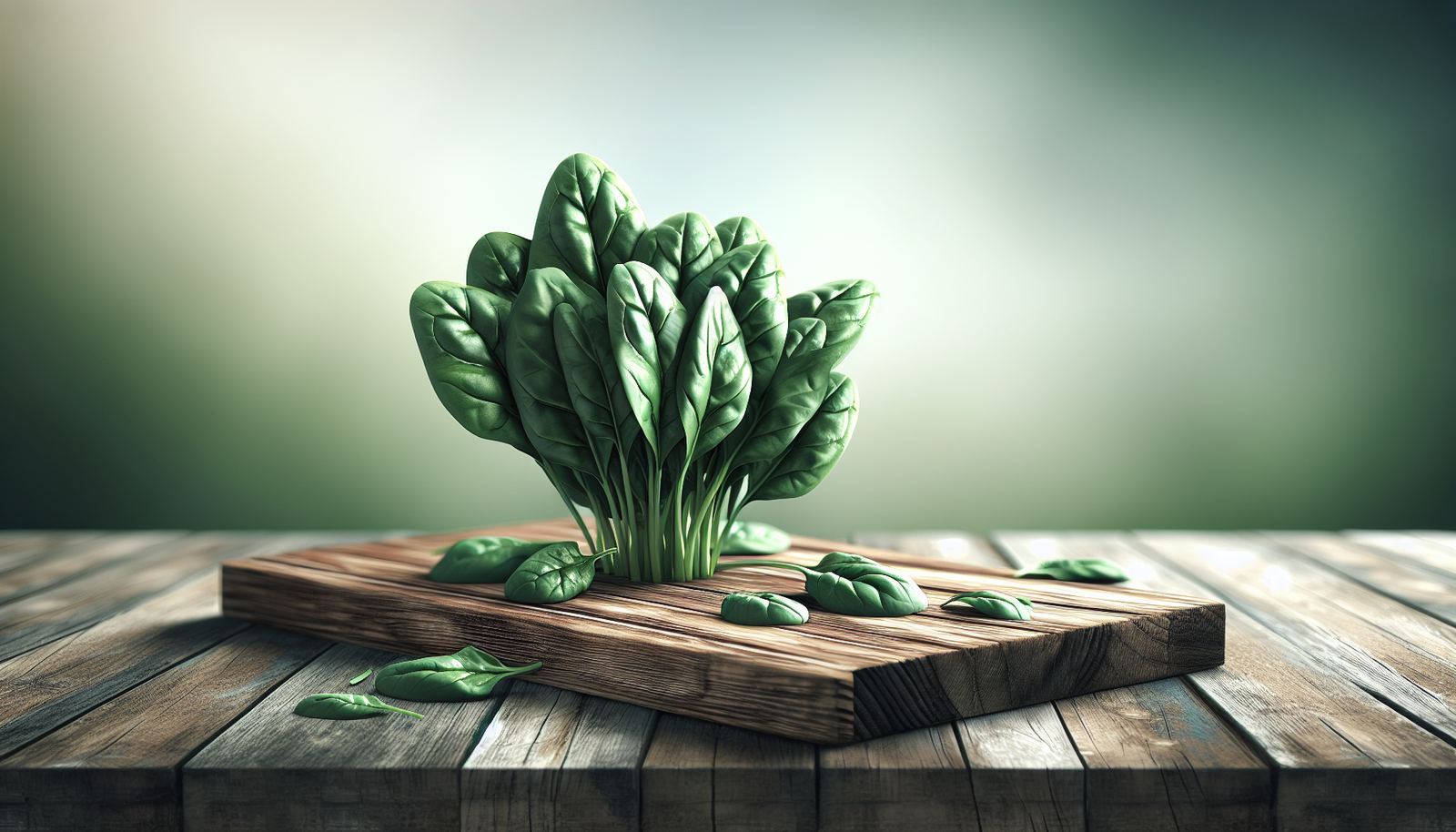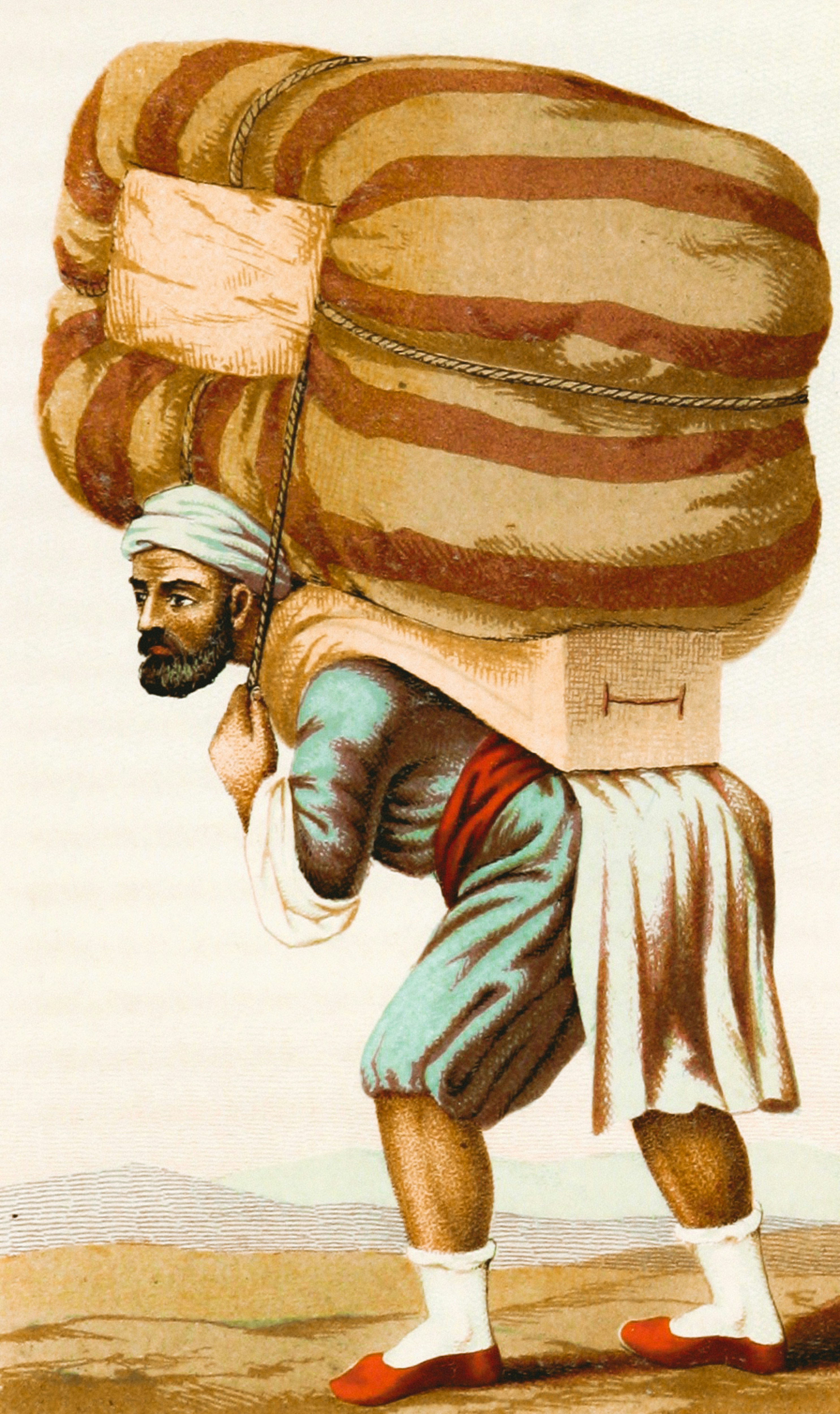Have you ever found yourself wincing from breast pain or tenderness, wondering what could be causing it? If so, you’re not alone. Many individuals experience breast sensitivity for a variety of reasons, and one lesser-known factor that has been gaining attention is the consumption of oxalates. So, could these compounds play a role in your discomfort? Let’s unravel this complex topic together.
What Are Oxalates?
To get started, let’s break down what oxalates are. Oxalates, or oxalic acid, are naturally occurring compounds found in many plant foods. They’re part of the defense system many plants use to fend off pests and herbivores. But what does that mean for you? In high amounts, oxalates can interact with certain minerals in your body, particularly calcium, and lead to some unwanted health issues.
Common Sources of Oxalates
It might surprise you to know just how many everyday foods are high in oxalates. Here are some common culprits:
| Food Item | Oxalate Content (mg per 100g) |
|---|---|
| Spinach | 970 |
| Rhubarb | 600 |
| Almonds | 475 |
| Beets | 400 |
| Dark Chocolate | 100 |
| Tea (black) | 50 |
This is a partial list; many more foods contain oxalates in varying amounts. If you’ve been indulging in spinach salads or snacking on assorted nuts, you might be consuming more oxalates than you think.
Understanding Breast Pain and Tenderness
Now, let’s pivot a bit. Breast pain, or mastalgia as it’s formally known, can occur due to a variety of factors. It can be cyclical, often linked with your menstrual cycle, or non-cyclical, arising from conditions unrelated to hormonal fluctuations. Common causes include hormonal changes, cysts, fibrocystic breast changes, and sometimes even lifestyle factors like stress and diet.
Types of Breast Pain
It’s crucial to understand the different types of breast pain you might experience. Here’s a brief overview:
- Cyclical Pain: This type usually aligns with your menstrual cycle. If you notice the pain intensifies before your period, it’s likely hormonal.
- Non-Cyclical Pain: This is often localized and can stem from injury, infection, or conditions like fibrocystic breasts.
Understanding what type of pain you’re experiencing can help in finding solutions.
How Are Oxalates Linked to Pain?
Here’s the kicker: while there’s limited direct evidence linking oxalates to breast pain, it’s essential to consider separate health conditions that might indirectly relate oxalate levels to breast tenderness. If your body struggles with oxalate metabolism due to conditions like kidney stones or other disorders, it might have repercussions on various systems, including the breast tissue.
Potential Mechanisms of Interaction
You may wonder how oxalates make their way into the conversation about breast pain. Here are a few thoughts:
-
Calcium Absorption: Oxalates bind with calcium in your body, forming insoluble compounds. If you’re consuming high-oxalate foods, it could impede calcium absorption, leading to deficiencies which could have myriad body repercussions, potentially including breast tenderness.
-
Inflammation: Some studies suggest that excessive oxalate might contribute to systemic inflammation, which can manifest as pain or discomfort in various areas, including the breasts.
Emotional and Psychological Factors
Let’s not forget the emotional and psychological aspects of pain. Stress or anxiety can heighten your perception of pain. Perhaps you’re focusing on maintaining a low-oxalate diet to manage one issue, only to find that the stress of restriction amplifies your awareness of discomfort in other areas. We are often far more connected than we might realize.
Diet and Lifestyle Changes
If you’ve been experiencing breast pain, you might be considering adjusting your diet. Knowledge is power, right? Here are some actionable steps to take regarding oxalate consumption and overall wellness.
Reducing Oxalate Intake
If you suspect oxalates might be contributing to your discomfort, it might be worth exploring a low-oxalate diet. Here’s a list of foods you could consider incorporating:
| Low-Oxalate Foods |
|---|
| Eggs |
| Meats |
| Dairy Products |
| Most Fruits (apples, bananas, etc.) |
| Most Vegetables (zucchini, lettuce, etc.) |
Reducing intake of high-oxalate foods can help alleviate symptoms. However, moderation is key. You certainly don’t have to eliminate these foods entirely unless under medical advice.
Exploring Other Dietary Factors
In addition to oxalate content, consider other dietary influences on breast tenderness:
- Caffeine: High caffeine intake can exacerbate breast pain for some individuals.
- Dietary Fats: Healthy fats, like those found in avocados and certain fish, can have anti-inflammatory effects.
- Hydration: Staying well-hydrated can facilitate better metabolic processing, potentially impacting oxalate levels.
When to See a Doctor
Navigating health concerns can be challenging. If you are experiencing severe or persistent breast pain, seeking the advice of a healthcare professional is essential. They may perform examinations, ultrasounds, or recommend a specific pathway for remedy based on your unique situation.
Questions to Ask Your Doctor
Before your visit, you might want to prepare some questions. Here are a few to consider:
- What are the likely causes of my breast tenderness?
- Could my dietary choices, specifically regarding oxalates, affect this condition?
- Are there tests you recommend to rule out specific issues?
This kind of proactive approach can not only provide clarity but also empower you in your health journey.
Integrating Holistic Practices
As you think about your health and dietary adjustments, you might also want to consider complementary therapies. While elaborate claims should be taken with caution, some individuals find relief through holistic practices.
Mindfulness and Stress Reduction
Stress can be a significant factor in experiencing pain, including breast pain. Engaging in mindfulness practices such as meditation, yoga, or even simple breathwork can nourish your body and mind.
Herbal Remedies
Some herbs are suggested for their potential anti-inflammatory properties. Always consult with a healthcare professional before incorporating any new supplements to ensure they’re safe for you.
Conclusion: Listening to Your Body
Ultimately, it is essential to listen to your body. If you find that dietary changes, including considering oxalate intake, improve your symptoms, then it is worth persisting. However, remaining open to a comprehensive view of your health — including emotional, physical, and dietary aspects — will serve you best.
Your Health, Your Choices
In the end, understanding the factors contributing to breast pain, including the potential role of oxalates, empowers you to make informed decisions. Remember, a balanced approach often yields the best outcomes, marrying dietary wisdom with holistic practices and professional guidance. Your health journey is unique, so embrace it wholeheartedly as you navigate the complexities of body and wellness.




